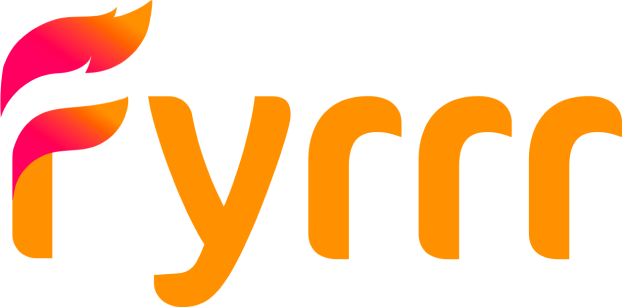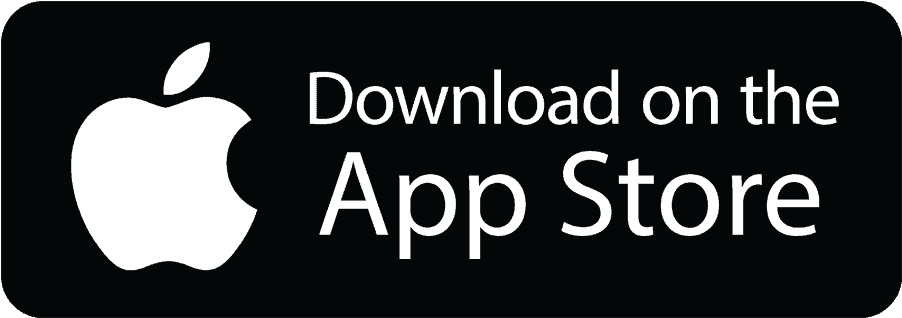In today’s fast-paced, digital world, businesses must adopt new strategies and technologies that help them remain agile and innovative. A microlearning approach can support this transformation by developing a new set of skills for employees in bite-sized chunks – reducing the time spent on training and increasing learning effectiveness.
In this post, you will learn about the benefits of using short, relevant training within your company to improve employee performance.
What is Microlearning?
Microlearning is a learning method in which concise courses are created as a single “micro lesson” or several related lessons. The length of these courses can be just a few minutes.
It can be used in various ways, from refreshing employees’ skills to training new hires. Because of its flexibility, microlearning can be used almost anywhere within your company. It can be implemented for a single employee or an entire team, as stand-alone training or as part of a larger program.
Increase Employee Knowledge and Skill
Employees learning new skills or refreshing their existing knowledge may feel unproductive while they wait to access learning materials. Microlearning can help solve this problem by making learning available whenever and wherever needed. Employees can learn at their own pace while on the job or waiting for a meeting to start.
Reduce Costs with Microlearning
One of the most significant advantages of using microlearning is that it can help you reduce costs. Setting up and maintaining an effective eLearning program can be expensive, but microlearning can offer similar benefits at a much lower price. As microlearning is shorter, fewer hours are required for employees to become proficient in new skills.
Fast Returns on Investment (ROI)
Microlearning can help you achieve higher returns on investment. As you are spending less on training, this leads to a faster return on your investment.
Bottom line
Finally, microlearning is the most effective way of delivering information. Recent studies show that information retained in short bursts is 90% higher than in traditional eLearning programs.
Microlearning is a great tool to support business transformation. It enables your employees to quickly build skills specific to the needs of their roles and work areas, and it allows you to deliver learning faster and more effectively. Companies can boost employee engagement and accelerate the onboarding process by using microlearning.
Employees can take control of their learning and feel more connected to their company as they rapidly progress through skill development.
There is actually a science behind what makes training videos great.
So you may think that you’re a visual learner. Or maybe you believe you learn best through hearing information? Well, you may need to think again. Evidence has emerged that neuroscience has much to offer to the field of learning. This means the past few decades’ popular “learning styles” models are being dispelled.
The word “neuroscience” may seem off-putting to some, but the concepts applied are not as complicated as might be imagined at first glance. Getting the brain to learn requires creating the conditions through which it can respond effectively to stimuli (called neuroplasticity). Neuroplasticity, or brain plasticity, refers to the brain’s ability to CHANGE throughout life. It has the unique ability to reorganise itself by forming new connections between brain cells (neurons).
One of the founders of modern neuroscience, Donald Hebb, showed that neurons that continued to activate one another in this way strengthened their connections – “Neurons that fire together, wire together” became Hebb’s Law and is a fundamental principle to how we learn.
To simplify this law, let’s look at it another way. Our brain cells communicate via synaptic transmission – one brain cell releases a chemical (neurotransmitter) that the next brain cell absorbs. This communication process is known as “neuronal firing.” When brain cells communicate frequently, the connection between them strengthens. Messages that travel the same pathway in the brain over and over begin to transmit faster and faster. With enough repetition, they become automatic. That’s why we practice things when we learn a new skill, like how to serve when playing tennis. After a while, it just becomes second nature.
While more research is underway on the neuroscience of learning, there is compelling evidence for its basis in science. Evidence suggests that a model called A.G.E.S. can be used to apply these latest learnings in developing training videos.
The A.G.E.S. acronym stands for:
- Attention – Focus is a crucial factor in learning retention. To optimise conditions for effective long-term learning, people must pay full attention to the topic. The key is to minimise distractions by creating short videos relevant to the skill that needs to be improved or the problem that needs to be solved.
- Generation – Your training videos must prompt people to create their mental links. You can do this by helping them tie new information to their role or job context. What they do with the information once it is taught significantly impacts memory. Get people to practice what they have learned as soon as they can.
- Emotion – Creating interaction between people and triggering positive feelings of social rewards are good ways to inspire emotive responses. Social tools like Likes, Comments and Shares on videos can serve two purposes: to motivate internal content creators to create more content and help people retain what they have learned.
- Spacing – Long-term retention is improved when we learn over spaced intervals versus large information dumps. This is one reason that microlearning has become so popular. But just as the chunking down of the information is essential, so is the spacing of it. Training videos should be easily discovered, relevant to the key learning nuggets and bookmarked so they can easily be re-watched.
Research shows that learning retention and recall are linked to the strength of activation of the learner’s hippocampus (a specific part of the brain). The more you can design your videos to activate it, the more people’s retention rates will improve. Each of the four elements of the A.G.E.S. model plays a crucial role in doing just that.


